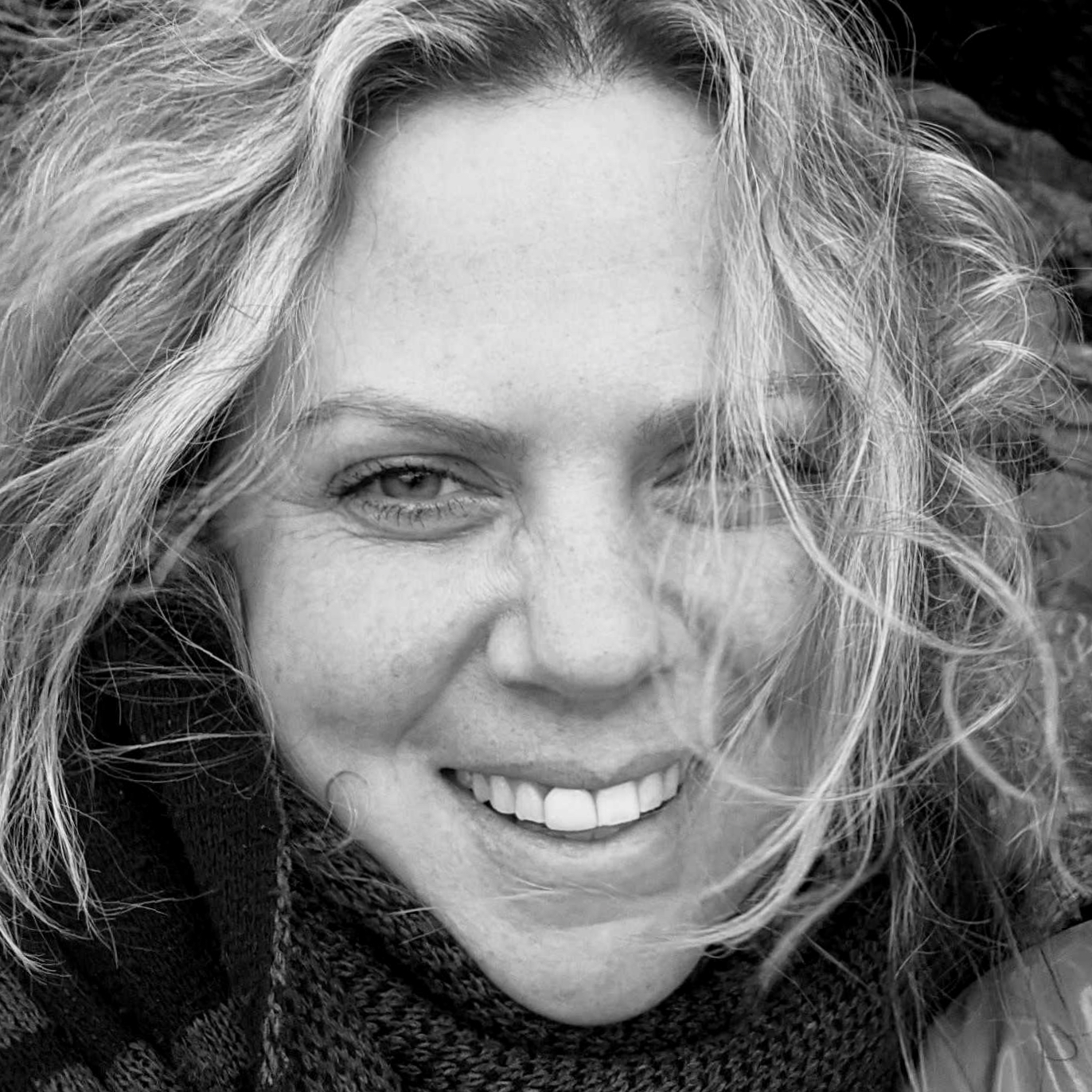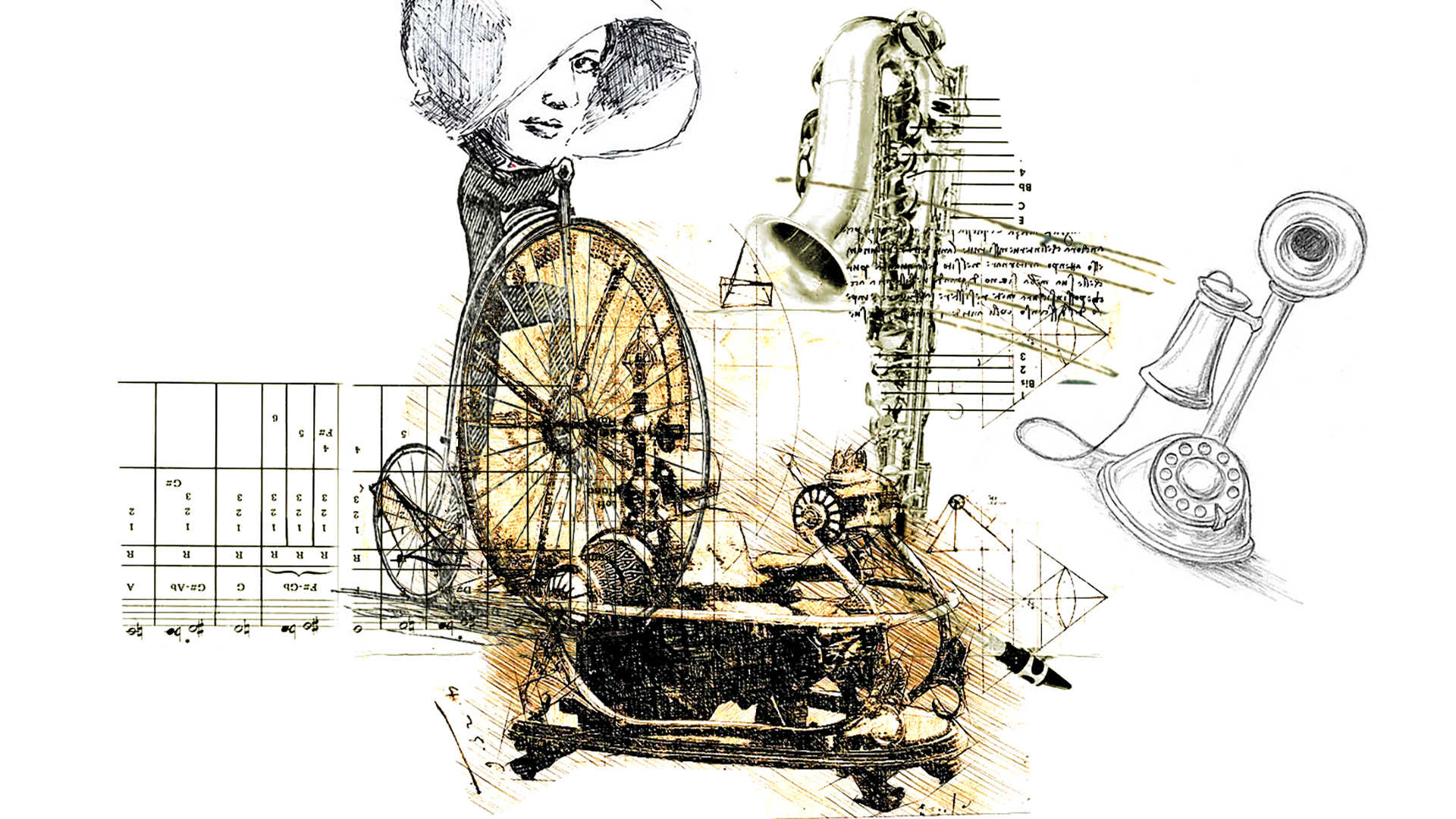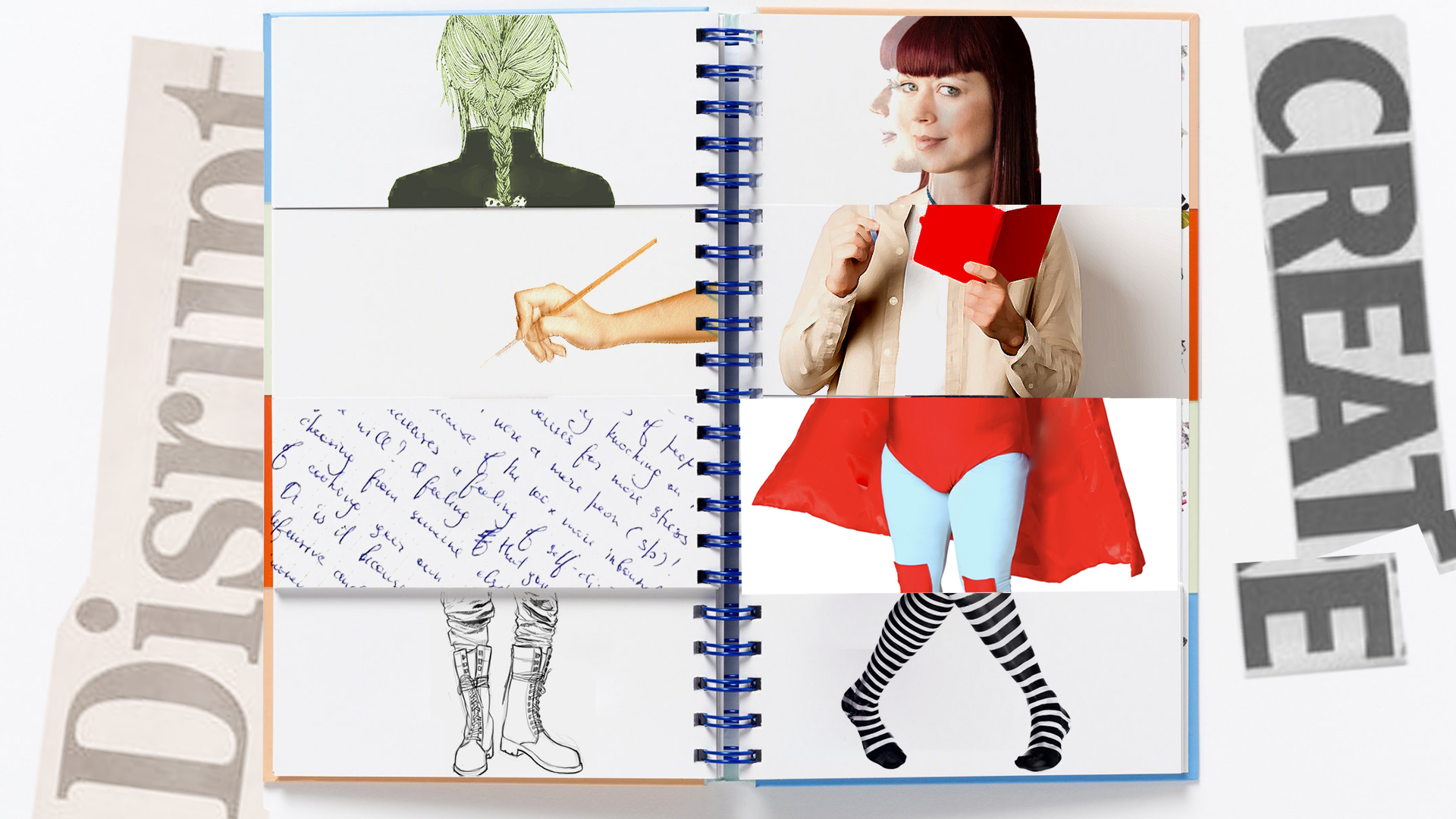We can all get stuck in a rut sometimes. And what is it about the seasons that make us forget every year that winter can be long and hard and spring feels like the new friend we didn’t know we needed? April is the perfect time to be inspired and disrupt your routine; move from survival mode to your most creative time of year. Here are the ways that five creatives disrupt their routine when they need an injection of energy.
1 Get on your bike (or your feet) – H.G. Wells
H.G.Wells’ famous quote about cycling gives a clue to his tactic for changing state. He wrote a comic novel about the freedom and liberation felt by a protagonist, Mr Hoopdriver, who escapes his dreary daily routine for a long cycle.
Many creatives, writers and artists have recommended movement as key to their work. A 2014 Stanford Study supported anecdotal evidence and found that walking improves creativity.
Try: a cycling meditation or a mindful walk.
2 Imagine your future life – Debbie Millman
Debbie Millman is responsible for some of the most famous advertising campaigns and branding projects in living memory; the redesign of Burger King, Star Wars merchandise. She has written seven books including ‘Brand Thinking’ and ‘Why Design Matters’ based on her award-winning podcast.
Debbie has written often about how she has used ‘future thinking’ to inform her present; a drawing she did as a five-year-old child seemed (in hindsight) to predict her future as a graphic designer living in Manhattan. Her advice for disruption – look ten years ahead (2032 for us) and outline in detail what your life looks and feels like.
Try: Listen to Debbie speak about how this exercise has changed her life and others’ on Tim Ferriss’ podcast episode #214, How to Design a Life. Or maybe dare yourself to Write your way to your best future.
3 Cultivate an innovator’s mindset – John Coltrane
John Coltrane was a jazz musician, an innovator and creative thinker, applying his extraordinary talents to seminal albums including A Love Supreme and Giant Steps. In a letter to composer Aaron Copland, Coltrane wrote ‘Innovators always seek to revitalize, extend and reconstruct the status quo in their given fields, wherever it is needed.’
When feeling constrained by a lack of resources, whether time, money or relationships, the innovative mindset can allow us to compose the ‘counterpoint’ to that feeling and make something new from what we have. Rather than spending time thinking about all the things we need more of to make a change or get things done, turn your constraints into challenges.
Try: Write your challenge at the top of a piece of paper and set a timer for ten minutes. In that time, write down all the questions you have about the challenge. After your time is up, choose one question to tackle and circle it. Set a timer again for ten minutes and write down all your ideas (good and bad) that answer the question. Then, make connections – your ideas are part of a bigger picture, so put the jigsaw together. The end of the exercise is to look over what’s happened. Some people do this weekly or even daily as a ‘workout’. This exercise is inspired by Hal Gregersen’s ‘Questions are the Answer’.
4 Change your location – Margaret Atwood
Having spent the last couple of years working mostly in the same four walls and looking out of the window at the same view, it’s hard to shake the routine of the home office. But it’s liberating to try.
Margaret Atwood, author of countless novels and one of the first contributors to the Future Library. Atwood travels frequently, not prescribing to a regular routine. She doesn’t set up her desk in a particular way to write, because that would give too much power to ‘magical’ objects. Rather she writes anywhere, and on anything. Even the back of her hand, because ‘when all else fails, you do have a surface you can write on.’
Try: Writing in a cafe, on the train, in the car when you’re waiting to pick up the kids. There are pockets of time that you can use just to write, and it’s worth seizing them. Sometimes being in different surroundings can free up your ideas or help you focus. Try in lots of different places, and you might surprise yourself with what you can achieve in unpromising circumstances.
“I finished writing a book in the cafe at David Lloyd, surrounded by wailing babies and loud exhausted Mums. Until that point I’d thought I needed quiet to write, but apparently not. I focused better when I had something to block out.”
Sharon Tanton
5 Keep your phone at arm’s length – Anthony Burrill
Anthony Burrill’s big graphic art often includes commands. A recent work as part of a book, ‘Make it now!’, is a call to put creativity over procrastination. In an article about ways to boost creativity in your daily life, Burrill recommends keeping your phone on a tight lead to have distraction breaks: “Shutting your phone off for the majority of the working day can prevent you from wasting time,” he says.
Try: Apps can help you break from your phone. The Forest app rewards you for sticking to your anti-distraction goals by planting trees, while Flipd stops notifications and renders your phone useless until you’ve completed a set amount of time away from it.
Whatever ways you try to disrupt your routine, even small actions will make a difference and help you to see your days and weeks with new eyes as the sun (we hope!) comes out for longer this spring. And if you try any of these methods recommended by creatives passed and present, we’d love to hear about it.





What do you think?